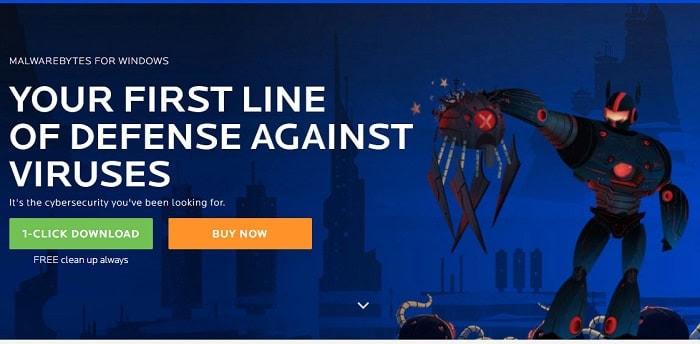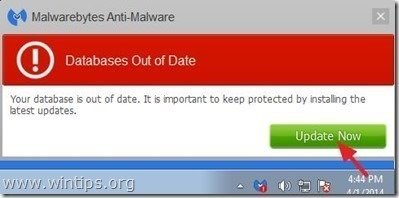

If you have Windows 10 or 11, you always have free virus/threat protection in the form of Microsoft Defender Antivirus. If your software is even a day out of date, you run the risk of infection. Antivirus vendors are constantly renewing these lists as they encounter new viruses and Trojans in the wild and in the lab. So make sure you've got a constant backup of your files, to the cloud or otherwise.) Update Your Antivirusįirst, make sure your antivirus software is fully updated with the latest virus definitions-that's how the software identifies malware, based on what has come before. The solutions below may eradicate the ransomware, but there's no guarantee you'll get access back to the data. (Note that if you do get a ransom demand, the ransomware involved may have already encrypted your files. If you suspect, or know with absolute certainty, that you've got a malware infection, here are the steps to take, immediately, to remove the malware.


There are plenty of signs you should keep an eye out for-incredibly slow performance where once the PC zipped along, browser pop-ups when no browser is even open, scary warnings from security programs you didn't install, even ransom demands. Sometimes, it's hard to tell when you've been hit by malware, and almost impossible to tell what kind (be it spyware, a trojan horse, ransomware, you name it).


 0 kommentar(er)
0 kommentar(er)
